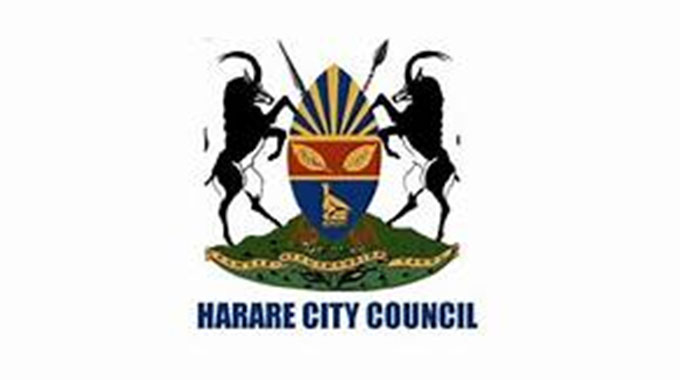Presidential poultry scheme gathers steam

Precious Manomano
Herald Reporter
The Presidential Rural Poultry Scheme is showing signs of its economic potency along the value chain with some poultry producers and farmers praising the Government as they continue to reap profits from supplying eggs and chicks from the programme.
The scheme, which is targeting at least 3 million households countrywide, is set to commercialise rural poultry production and increase rural incomes while providing households with a rich source of protein.
Some smallholder poultry producers capitalise on the opportunity to supply fertilised eggs and day-old chicks with some proceeding to start new business ventures using their earnings.
The breeds of the chickens will include Boschveld, Sasso, Kuroiler, and indigenous chickens. According to last week’s update from Agricultural Rural and Development Advisory Services , a total of 13 900 birds were distributed in Goromonzi and Harare South last week bringing the new deliveries to 422 624 birds delivered in the current year. Each household gets 10 birds and a 200g vitamin stress pack.
Beneficiaries of the scheme have welcomed the initiative saying it comes as a huge benefit to rural communities who usually do not have any commercial activity after harvesting summer crops.
Mrs Martha Mutomeni said the project has helped her to grow into a commercial entity.
I used to struggle to get buyers for my indigenous chickens but l have taken advantage of the Presidential Rural Poultry Scheme. I used to deliver day-old chicks to the Zimbabwe Free Range Poultry Association at the Exhibition Park in Harare. I have been supplying chicks since November last year and the business has proved to be viable,” she said.
Mrs Farai Mutazu of Kuwadzana 5 suburb in Harare, who started supplying fertilised eggs last year in October, said the programme was good as it created a ready market for her products.
“I am guaranteed of a market and plan knowing that I will get my money without hassles. I am supplying eggs but will soon be supplying chicks,” she said.
Mr Tom Murecha of Waterfalls said he is grateful to see the Government interference to uplift people’s standards of living through such programmes.
“This is a wonderful project which the majority indulge in to improve their standards of living. I am happy that this programme is found in most parts of the country. We are grateful , this will go a long way in alleviating poverty,”he said.
Farmers unions have hailed the scheme saying it has already positively improved the livelihoods of many people in rural areas.
Tobacco Farmers Union Trust vice president Mr Edward Dune said the initiative was greatly appreciated, adding that it had boosted food security and nutrition, especially in rural communities. “This is a positive step towards alleviating poverty, especially to the vulnerable groups and widows who are struggling to make ends meet,” he said.
The Zimbabwe Indigenous Women Farmers Trust president, Mrs Depinah Nkomo said the scheme has helped a lot as many people are now earning a living through this initiative
“Prostitution and robbery cases will be reduced because of this empowerment project.Those who have so far received the chicks have had an improvement in living conditions. We, however, appeal to the Government that distribution of the chicks be done in a transparent manner to ensure that all deserving people benefit from the scheme,”she said.
While the scheme is largely aimed at rural communities, those in urban areas will not be left behind. The Presidential Rural Poultry Scheme falls under the Livestock Growth Plan (2021-2025). Zimbabwe’s poultry industry is set to be transformed into big businesses and will be a vital cog of the national economy through the development of hatcheries, transport and logistics business, refrigeration services and much more. Livestock remains a pivotal sub-sector within the agricultural industry and a key income generating enterprise for the farmer. The project is part of Government’s broader vision of creating a US$8,5 billion agricultural industry by 2025 which dovetails with the Second Republic’s signature vision of having an upper-middle income economy by 2030.










Comments